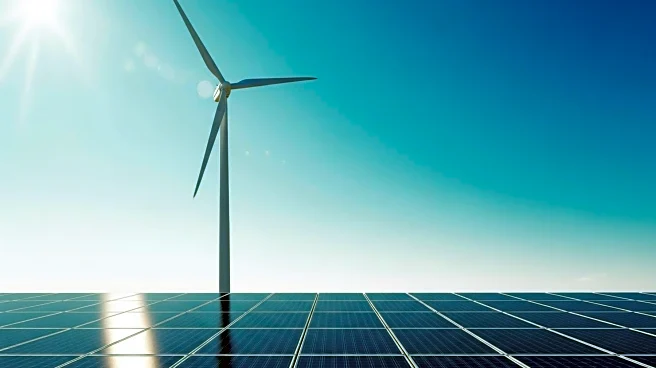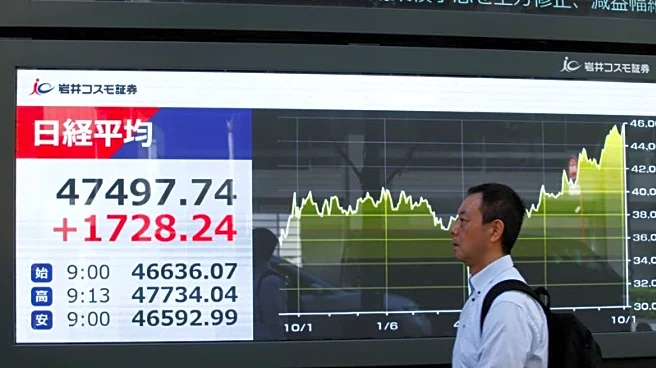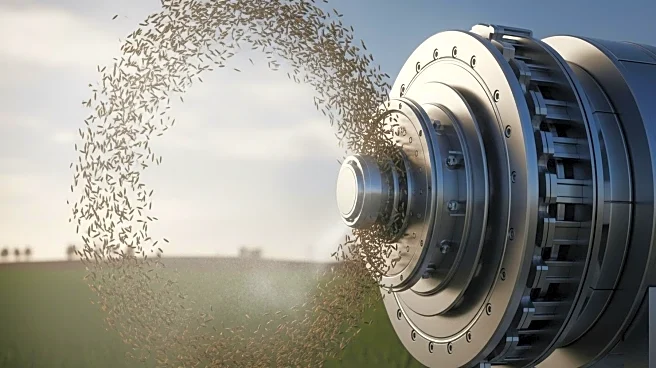What's Happening?
A study conducted at the Wellington Solar Farm in New South Wales, Australia, has revealed that sheep grazing among solar panels can improve wool quality. The trial involved 1,700 Merino sheep, divided into two groups: one grazing under solar panels and the other on conventional pasture. The results showed that sheep under the panels produced higher-quality wool, with stronger fibers and faster growth. This approach, known as agrivoltaics, combines agriculture with solar power, offering a dual-use system that benefits both energy production and farming. The shade from the panels provides natural shelter, reducing thermal stress and improving animal welfare.
Why It's Important?
The findings from this study highlight the potential of agrivoltaics to optimize land use by integrating renewable energy production with agriculture. This dual-use system can enhance sustainability, reduce maintenance costs, and improve livestock productivity. By providing shade and a favorable microclimate, solar panels can improve animal welfare and product quality, offering economic benefits to farmers. The approach also supports biodiversity and reduces the need for herbicides, aligning with environmental conservation goals. As land use becomes a critical issue, agrivoltaics presents a promising solution for balancing energy needs with agricultural productivity.
Beyond the Headlines
The success of agrivoltaics in this trial could inspire broader adoption of similar systems worldwide. However, the approach requires careful consideration of regional climate, soil, and livestock practices to ensure optimal outcomes. The involvement of companies linked to oil majors in such trials may raise concerns about transparency and independence, necessitating oversight to maintain credibility. As the concept gains traction, it could transform land management practices, promoting a more sustainable and integrated approach to energy and agriculture.











